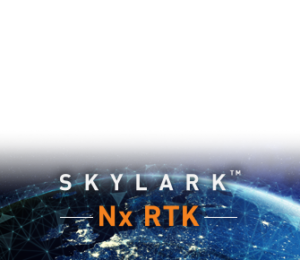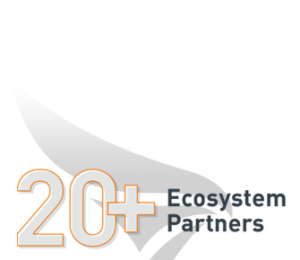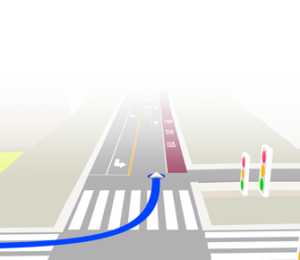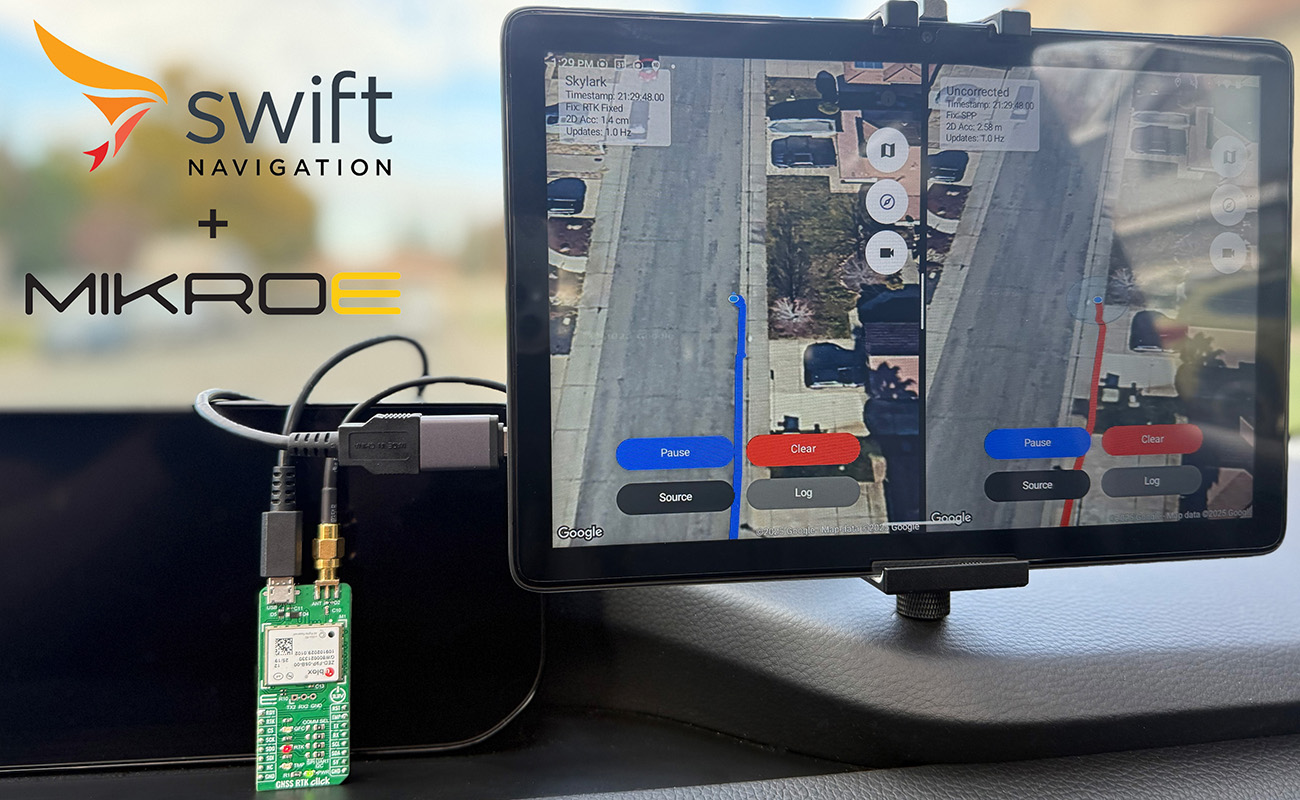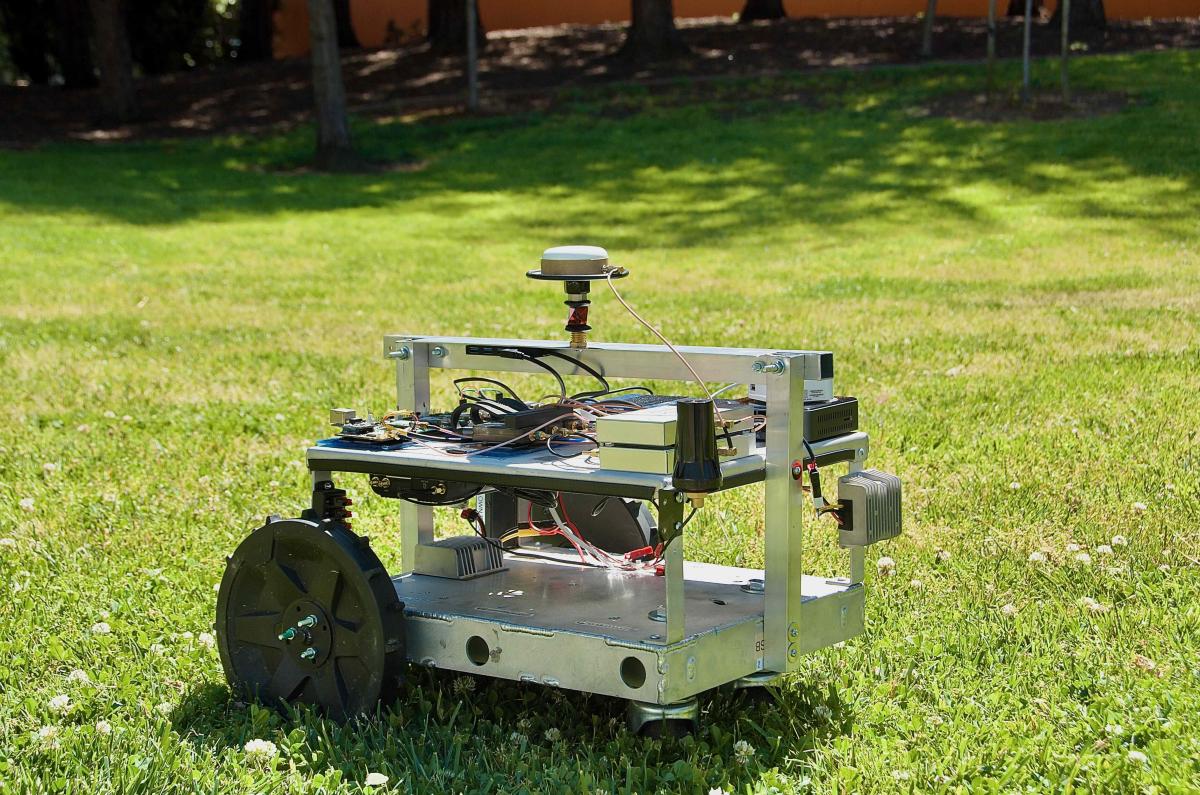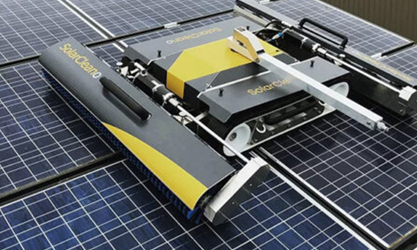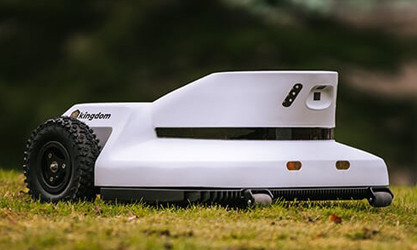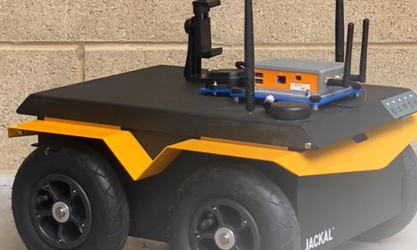The Most Reliable RTK Corrections Network Worldwide for Autonomous Robots
Maximum
Precision
Up to 2 cm accuracy with fast convergence
Unmatched
Coverage
Global coverage with largest RTK footprint
Proven
Interoperability
Extensively tested with leading components

Swift for Robotic Lawnmowers
No wires, no base stations, no fuss
Deliver a stellar customer experience with mowers that work right out of the box.
Rigorously tested with leading mower chipsets
Proven to achieve up to 2 cm accuracy with convergence in seconds.
Built for automotive grade safety
High integrity positioning enables functional safety in any environment.

Swift for Agricultural Robots
Dramatic cost savings vs local base stations
Enable up to 2 cm accuracy at a significantly lower price point than typical base stations used on farms.
Freedom from vendor lock-in
Interoperable with leading agricultural robot components so you can design the best-fit solution.
Range of options for various agricultural use cases
Whether operating between rows of crops or transporting equipment to and from the field, Skylark has options for every accuracy requirement.

Swift for Delivery Robots
Accurate delivery every time
Get packages to the right place, even in townhomes and apartment complexes.
Safe street and sidewalk operations
Navigate crosswalks and intersections safely with the same solution that’s used by leading automotive OEMs.
Uniform coverage available
Deploy country-wide with uniform decimeter accuracy even outside RTK coverage areas.
Robotics Resources
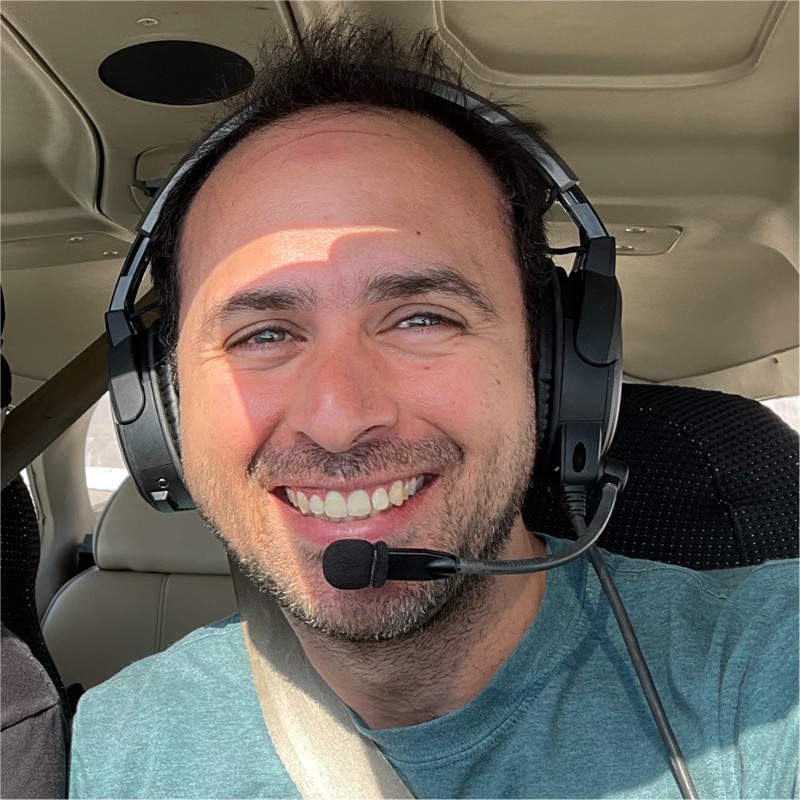
Marwan Ramadan

Emilee Pierce

Rai Gohalwar
Skylark Nx RTK
The best user experience at a fraction of the cost of other network RTK services
